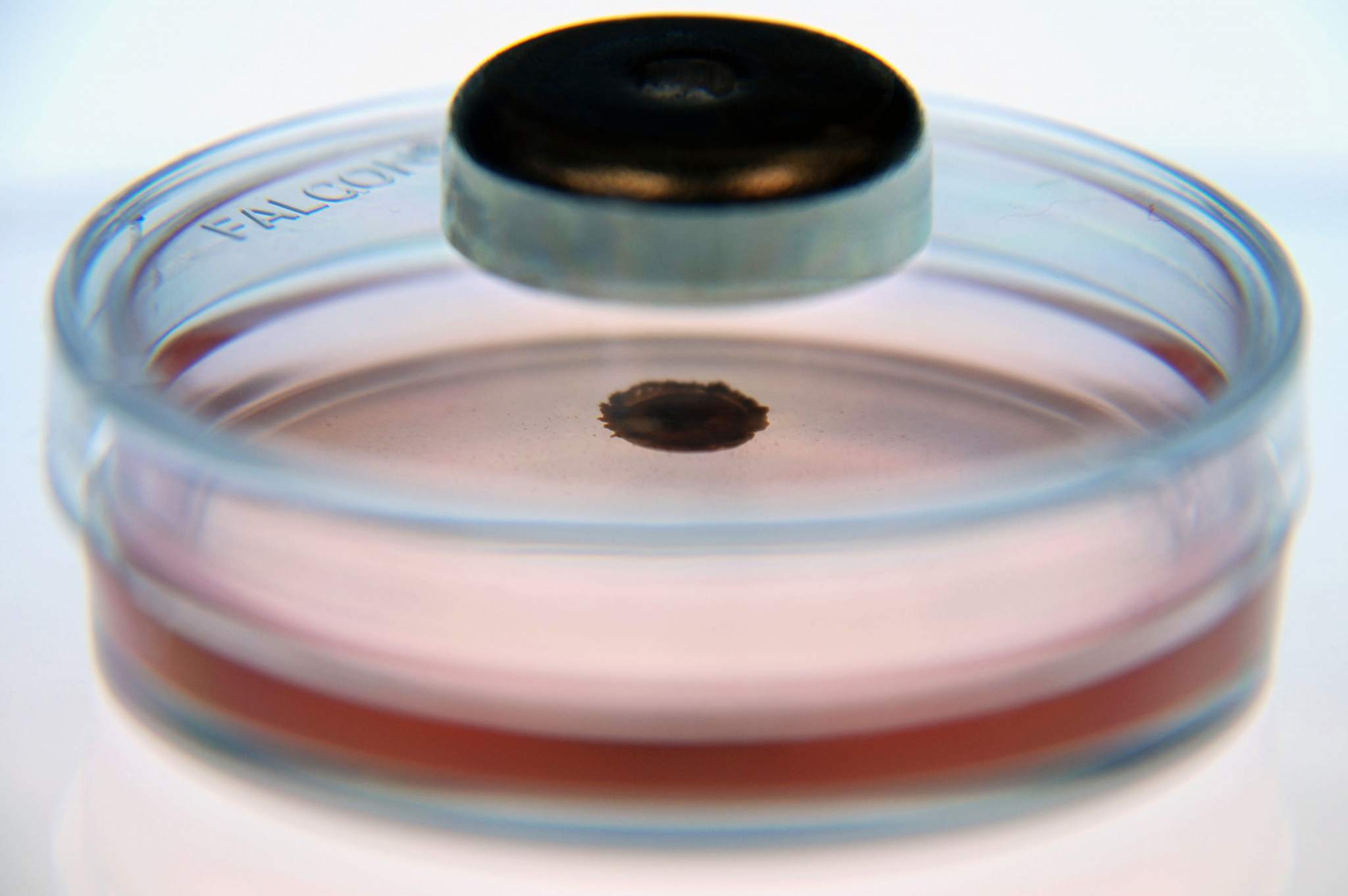Two separate groups have published studies looking at how 3D printing can be used for cancer research.
Belgian researchers have evaluated the use of 3D printing to create in vitro cancers cells that can properly represent the in vivo cell biology. With the view that the technology is difficult to access, the KU Leuven researchers stipulate as to whether the bioprinting process is valuable.
A team of scientists from the Indian Institute of Technology Hyderabad have published a study on the advances of 3D bioprinting in this field over the last five years.
The two papers both highlight the ability of 3D printing to reproduce cell microenvironments. This is particularly important in relation to cancer cells.
The advantage of 3D bioprinting
3D bioprinting enables scientists to produce cell structures that are three-dimensional, however there are a number of drawbacks such as the inability to produce spherical shapes. This is something NASA is combating by growing bioprinted cancer cells in space and eliminating the effects of gravity.

Is it worth the effort?
The Belgian researchers from KU Leuven explain the creation of 3D cell structures can be inaccessible due to high cost and relatively low availability.
Once the accessibility issue is overcome, the team state the technology has limitations in its reproducibility – this can be a general problem in 3D printing. The paper, published in the Journal of Cellular Physiology, explains,
In addition, different 3D cell culture techniques often produce spheroids of different size and shape, which can strongly influence drug efficacy and toxicity.

“Importance relevance of 3D printing technologies”
On the other hand, Satyavrata Samavedi and Nikhita Joy from the Department of Chemical Engineering at the Indian Institute of Technology Hyderabad have counteracted this research by exploring the advances in the technology. Listing the benefits of 3D printing such as the ability to precisely place cells and reproduce in vivo tumor microenvironments. This is beneficial since, as the paper explains,
3D printed in vitro tumor models can serve as robust platforms to study mechanisms of disease progression, enable high throughput screening of drugs and aid the development of next generation molecular therapies.
Despite this, the Belgian paper concludes that while 3D printing is an enabling technology, the reproducibility factor can currently be difficult for cancer research. As they state,
However, a trade-off exists between in vivo resemblance and reproducibility as the enhanced complexity of implementing these features further decreases the reproducibility and makes result comparison increasingly challenging.
Hopefully in the future, bioprinting will advance and eliminate the problems of reproducibility as this is an often cited issue with 3D printing technology on the whole. and it is expected to be addressed as the technology matures, particularly into industrial use.
The KU Leuven paper titled ‘Three-dimensional cell culture models for anticancer drug screening: worth the effort?’ was written by Eddy-Tim Verjans, Jordi Doijen, Walter Luyten, Bart Landuyt and Liliane Schoofs. Elsewhere at KU Leuven, 3D printing research has created hydrocyclonic microfilters and students have implemented FDM 3D printing to create an innovative drone design; the CargoCopter.
For all the latest news on 3D printing research, subscribe to the most widely read newsletter in the 3D printing industry, follow us on twitter and like us on Facebook.
Featured image shows a Regonova 3D bioprinter selecting a cell spheroid to place on Kenzan needles. Photo via Cyfuse Biomedical K.K.



